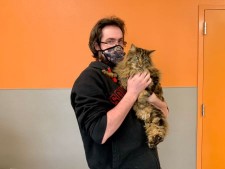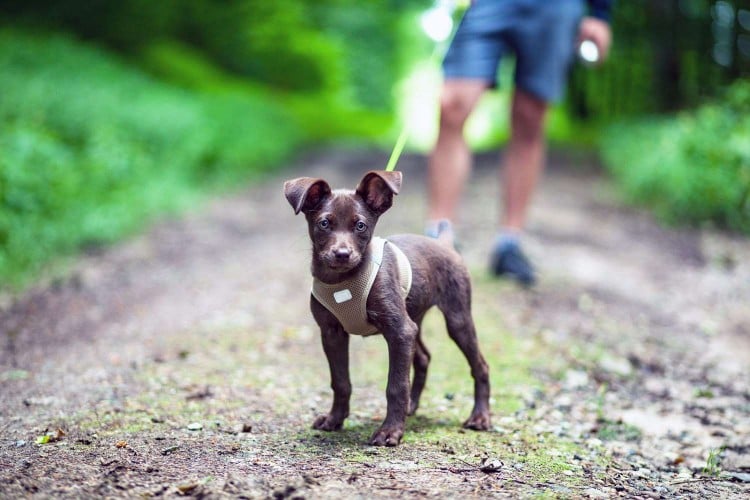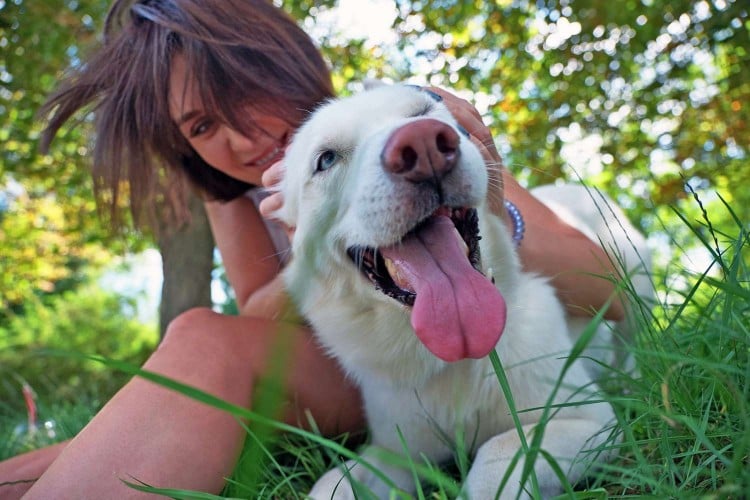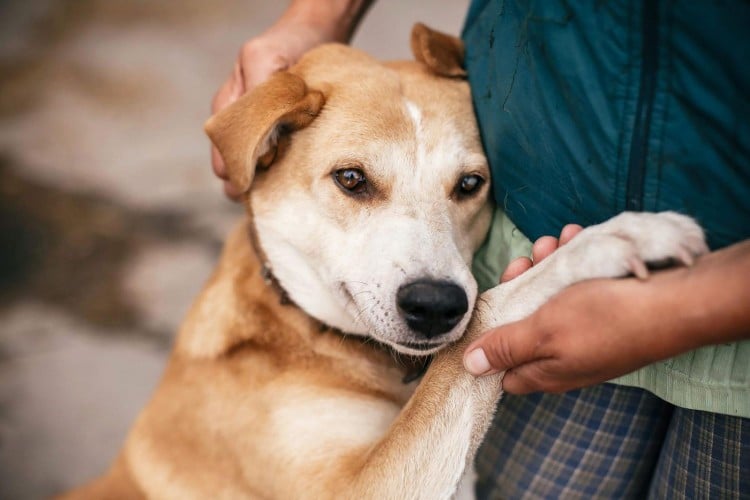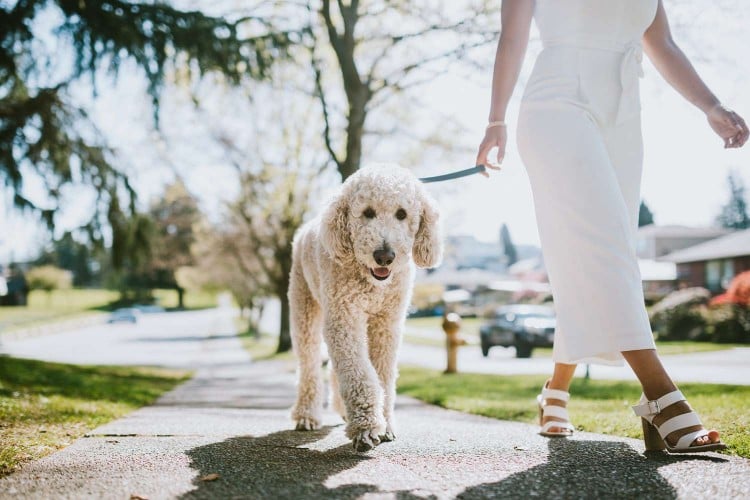
Big dogs are extra lovable and huggable. But given their size, they also come with a unique set of needs. Large and giant breeds like German shepherds and Great Danes differ from their smaller counterparts in what they should eat, how they should exercise, and what matters most in puppyhood. We talked with veterinarian Joanna Gale, BVetMed, a Mars Petcare expert, to get the scoop on what you can do to keep your super-sized dog feeling good.
1. Feed the Right Food
All dogs need to eat food formulated for their body and nutritional needs. But according to Gale, big dog breeds shouldn't eat just any food—they need one specifically made for large or giant breeds, which contains extra nutrients to support healthy joint development. "The main difference is in the ratio of the micronutrients calcium and phosphorus." And she explains that long-term damage to joints is possible if that ratio isn't tightly controlled.
Larger canines are prone to developing painful joint problems like hip dysplasia and arthritis when they get older. So it's crucial to do everything you can to protect their joints, beginning in puppyhood.
Keep feeding puppy food to your dog until he reaches adulthood—something that happens later in large and giant breeds. "Their growth period can be up to two years," Gale says. "Although they may look grown-up, their bones and joints may not be."
Bottom line: Ask your veterinarian for food recommendations, feeding amounts, and frequency, and when your dog can transition to adult kibble.
2. Avoid Vigorous Exercise
How much exercise dogs need varies by breed type. Some like Labrador retrievers are more energetic while others, like mastiffs, are happy to lounge around. But because big dogs have vulnerable joints, take a few precautions with your canine's workout.
During puppyhood, skip long or intense walks and discourage jumping. "This puts excess strain on joints and leads to damage," Gale says. "Walks in young dogs are more about exploration and mental stimulation than tiring them out with exercise."
However, once your pup is fully grown, Gale recommends a minimum of two 30-minute walks a day. Depending on the breed, your furry pal may need more than that to keep physically fit and mentally stimulated. Find out what type of exercise your dog's breed tends to prefer—like long-distance running, swimming, or agility coursework—and consider what activity works best for you and your family.
Bottom line: Keep exercise fun and low-impact for puppies with an eye on increasing activity in adulthood.
3. Have Your Dog Chill After a Meal
Decrease your pup's risk of developing bloat with a few simple tips: First, don't let your large dog run around or exercise shortly after eating a meal, says Gale. Also, feed your dog multiple times a day rather than just one big meal. If your pup eats too fast, consider using a slow feeder bowl to prevent your dog from gulping down air.
Bottom line: Taking a few easy steps decreases the risk of bloat in big dogs.
4. Maintain a Healthy Weight
"Keeping big dogs slim is important to keep them mobile and pain-free for as long as possible," Gale says. "Large breeds become seniors around six or seven years. They may start to show signs of old age then, such as stiffness in their joints."
5. Invest in Training
Your big dog is just a furry goofball to you. But to many people, large breeds are intimidating. Train your puppy before he grows into a strong and heavy dog that can pull you on a leash or knock you over in excitement.
"The time you put into training your puppy and exposing him to other animals and people will pay off. Having a well-socialized, friendly dog with manners puts everyone at ease," Gale says.
Bottom line: Train big dog breeds while they're young and more easily manageable.
6. Give Your Dog Enough Space
Big dogs take up a huge amount of space in your heart and in your home. Living with a large breed requires more room for both your dog and his stuff. For example, dog beds and crates need to be extra roomy so your pup can spread out. Big bags of food need more storage space and your four-legged friend needs room to run around and let off steam.
Bottom line: Make sure you've made enough space in your home for your big dog to move freely and to store pet gear.
Big dog breeds are a lot of fun and make great furry companions if you keep these tips in mind. The time, energy, and money you put into taking care of your large-hearted friend will return to you in maximum-sized love.
